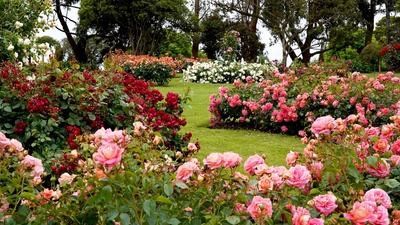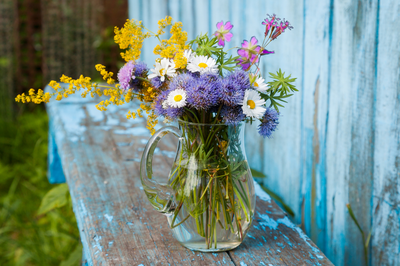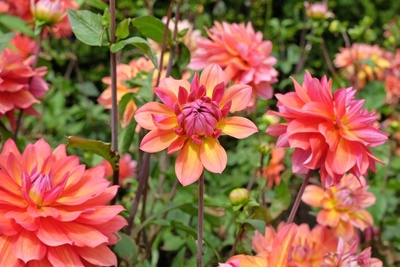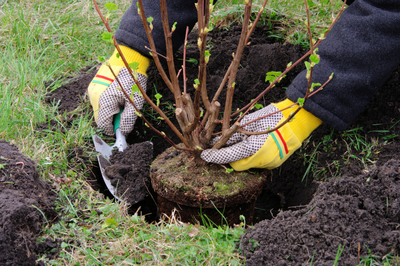
Buff-Tailed Bumblebee
No matter how small our garden or the resources we have, we can all have a wildlife-friendly garden. There are a few pointers though to note. Many of the plants available today in our garden centres are imported but a lot of our native species are making a comeback and for very good reasons. Not only do native plants require less maintenance, they are better suited to meet the needs of our local wildlife in terms of food and shelter. So if you’re thinking about sowing a lawn maybe a wildflower meadow would be better option, especially when you read recently published research, which states that more bees, butterflies and hoverflies were recorded on areas that had more flowers compared to areas sown with just legumes (e.g. clover) or just grass. And no, size doesn’t matter, even a small garden can make a big impact. Sandro Cafolla aka Design By Nature based in Co Carlow is a dedicated grower of wildflower meadows in Ireland and he’ll be delighted to offer you assistance.Green Hairstreak Butterfly Photo: Christine Cassidy
So what wildlife would you like to encourage? Top of the list has to be pollinators. By that I mean bumblebees, hoverflies, honey bees, but mainly wild insects that help pollinate our food crops. After all without them we won’t eat! Imagine 84% of crops grown in Europe depend on insect pollinators and a lot of those same pollinators have decreased over the last few decades, partly due to a change in land management practices but also pesticide use is now linked to mass bee deaths and other friendly organisms including birds and fish. Butterflies, moths and bats are also pollinators but to a lesser extent. But heh, the news isn’t all bad, as we read how a rare bumblebee is rediscovered, after 88 years, coincidently by Edward Hill, who’s took the photo below.Small copper butterfly on clover Photo: Edward Hill
Where to start? First up ~ do your homework! There’s an endless supply of data from companies and individuals out there but remember, the information you seek is for your geographic region. Books, gardening magazines and websites should cater for your location. As a teacher of horticulture, I see, all too often students fall prey to information, where, plants and wildlife mentioned are not at all suited or indeed to be found in Ireland. Irish Peatland Conservation Council (IPCC) share their wildlife gardening tips here. With a 30 year history of saving and educating the public on the bogs of Ireland, who better to encourage us to live in harmony with the environment.Pied Wagtail family by Christine Cassidy
You might not associate social media with the environment or gardening for that matter, but I can assure you that there are numerous invaluable groups and pages available on just facebook alone. Here are some of my favourites ~ Wild Kildare group on Facebook /Wildflowers of Ireland and UK / Insects Invertebrates Ire / In Touch With The Wild Photography, Birdwatch Ireland and Irish Wildlife Trust. It should be noted that most members are involved within the environmental or horticultural industry and are well respected in their field. Members help identify plants, insects, birds and mammals, and graciously source and share up to date information from academics and media. If you cannot fathom the internet or social media, fear not, as I have a number of books I would love to share with you, but that’s for another day.Photo: Linda Thompson at Carrickfergus Garden Society
Other people and companies who have influenced me in my quest for gardening with wildlife in mind have been Sonairte in Laytown (well worth a visit), Dee Sewell from Greenside Up,Irish Seedsavers, Klaus Laitenberger and Dermot Carey former Lissadell head gardener, now an organic vegetable producer for Harrys Restaurant in Co Donegal. All, work with the environment on a daily basis but more importantly, work sustainably with native fruits, vegetables and work practices within the island of Ireland. With your homework completed, next up are Plants, and, the all important Do’s and Don’ts. Both posts will feature soon, such is the vastness of this subject. Before I go though I would like to share a secret. The secret to gardening with wildlife in mind is Diversity. The more diverse your garden, in terms of different plants, features and habitats, the more likely you are to attract a greater variety of wildlife. Happy Gardening"




